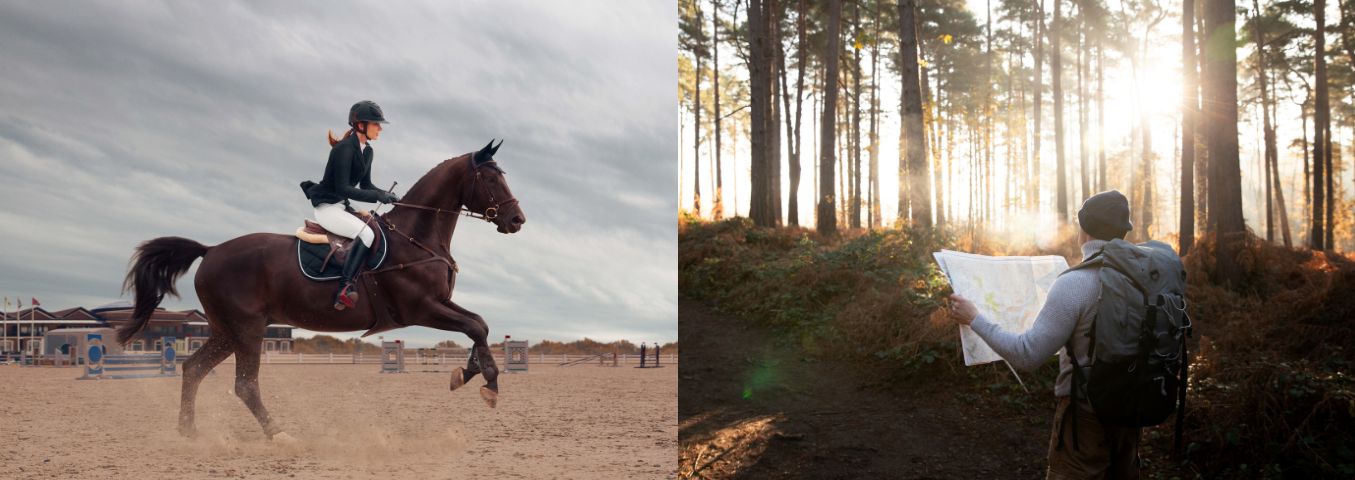 Two new qualifications related to equestrianism and tourism have been introduced into the Integrated Qualifications System.
Two new qualifications related to equestrianism and tourism have been introduced into the Integrated Qualifications System.
Conducting equestrian training at a competitive level
The holder of the qualification 'Conducting equestrian training at a competitive level' is prepared to independently plan, organize, implement, and monitor equestrian activities in Olympic disciplines A, B, C. He/she is also prepared to plan, conduct, and assess the training process, including preparing riders for equestrian competitions. He/she uses methods and tools characteristic of equestrianism, adapting them to the conditions of riders' ontogenetic development, goals, and training progress. In the context of the framework of the training cycle, he/she prepares training sessions outlines (training units), selecting exercises based on the session's topic, the rider's skill level, and the age and training level of the horse. He/she demonstrates equestrian skills by performing technically correct dressage and show jumping rides, following safety principles. Demonstrates and explains exercises, teaching in accordance with safety and health principles, applying the principles of sports theory and methodology, as well as communication and motivation tools.
Designing, marking, and renovating tourist trails
The holder of the qualification is ready to independently plan, organise, and conduct trail marking work. He/she uses knowledge that allows them to design a trail in compliance with legal requirements, with special consideration for traffic laws, nature conservation regulations, water law, and property law. He/she can design various types of trails (e.g., hiking, equestrian, cycling, skiing, kayaking). He/she is familiar with trail marking systems and techniques for placing various types of signs in a way that allows tourists to use them safely while minimizing their impact on the environment. Prepares the workplace, including selecting materials and tools. He/she is able to carry out trail marking work in the field, involving the construction of a new trail or the renovation of an existing one. In agreement with the trail managers, he/she closes or alters the course of trails.
Photos: Viarprodesign, Freepik

